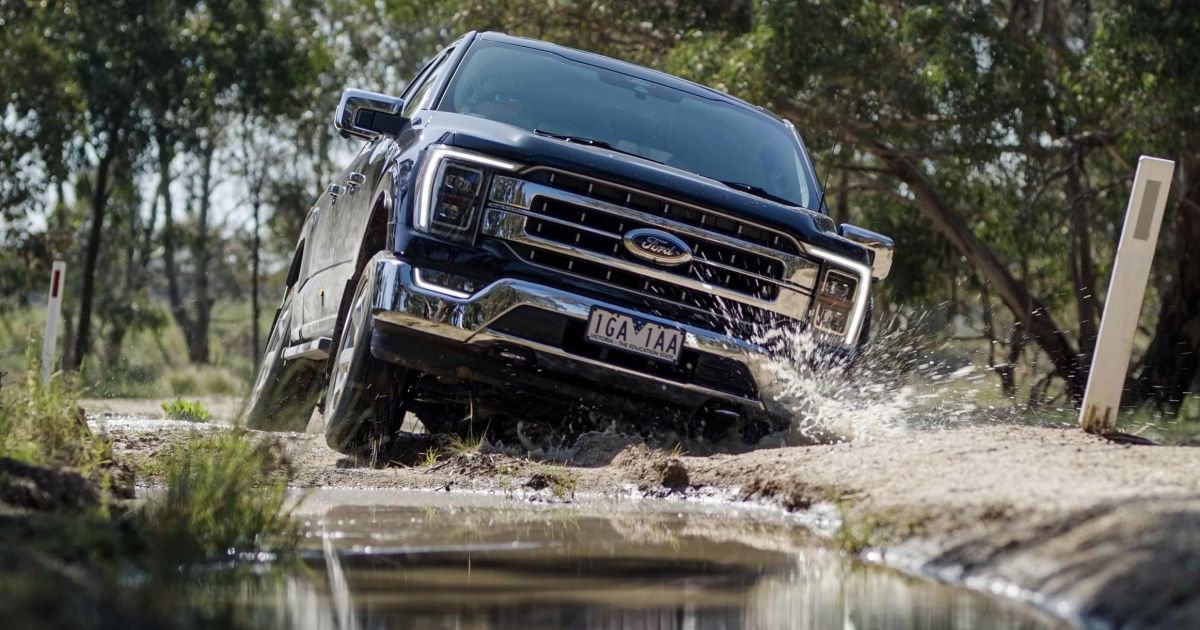KevinB
Army.ca Relic
- Reaction score
- 29,308
- Points
- 1,260
Welcome to government contracts.If I have to go through Textron to replace the Cummins engine or the Allison transmission when the local shop is 3000km away that makes no sense to me when we have shops locally with the training, expierance and know how to fix replace and repair. Those companies can provide services/ products overseas if required in short notice.
It makes sense on the larger scale.





